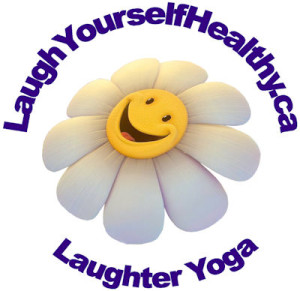Your nervous system is the communications center for your body. Your brain is the central control panel. Here, billions of neurons receive electrical impulses from nerves in your body. The nerves can alert your brain to danger or pain. 
The nervous system is a complex network of nerves and cells that carry messages to and from the brain and spinal cord to various parts of the body. The nervous system includes both the Central nervous system (CNS) and Peripheral nervous system (PNS, the nervous system outside the brain and spinal cord).
Breathing is the only function of the autonomic nervous system that can be consciously regulated or changed. It encourages deep diaphragmatic breathing, which stimulates the parasympathetic nervous system. This is the cooling branch of the autonomic nervous system and is the opposite of the sympathetic stress arousal system. This helps in relaxing the aroused state of a person and provides a sense of calmness.
The research is very clear that breathing exercises can enhance parasympathetic tone, decrease sympathetic nervous activity, improve respiratory and cardiovascular function, decrease the effects of stress, and improve physical and mental health (Pal, Velkumary, and Madanmohan, 2004).
Laughter tends to reduce sympathetic nervous system (SNS) activity while prompting softening, expanding, and relaxing parasympathetic nervous system (PNS) activity.
In your Laughter Yoga sessions, you breathe to the top of your (comfortable) capacity, thereby enriching the blood with ample supplies of oxygen. And it is so much fun!
Not only does laughter ease emotional stress, but it also helps discharge aggressive, negative energy trapped as tension within the body as a result of past SNS over-activity.
One possible explanation for increased PNS activity is that the  diaphragmatic movements induced by laughter help improve the cardiac vagal tone (which reflects how much your heart rate is influenced by your breathing.)
diaphragmatic movements induced by laughter help improve the cardiac vagal tone (which reflects how much your heart rate is influenced by your breathing.)
Low vagal tone has been linked to chronic inflammation throughout the body, which is a known risk factor for heart failure, stroke, and diabetes.
Laughter is now respectfully regarded as the most easily accessible analgesic for pain, and we understand the neurochemistry of how this is achieved.
Endogenous opioids are released when we laugh. Opioids bind to central nervous system opiate receptors and naturally produce some of the pharmacological properties of powerful drugs like morphine, without the dangerous side effects of plant-produced opiates. Other instances when opioids are released include when we are happy with a positive self-image or exercise vigorously (the “high” reported by runners and dancers).
Pain is often caused by tension and stress and tension always increases pain.
The pain may come in the form of physical or psychological illness, financial or family problems. When a problem is acute, it can take over our lives and bring us down emotionally, leaving us with no energy or hope.
In a study of 35 patients in a rehabilitation hospital, 74% agreed with the statement, “Sometimes laughing works as well as a pain pill.”
These patients had a broad range of conditions, such as spinal cord injury, traumatic brain injury, arthritis, limb amputations, and other neurological or musculoskeletal disorders.
“Laughter is a tranquilizer with no side effects”.
~~Arnold H. Glasgow
